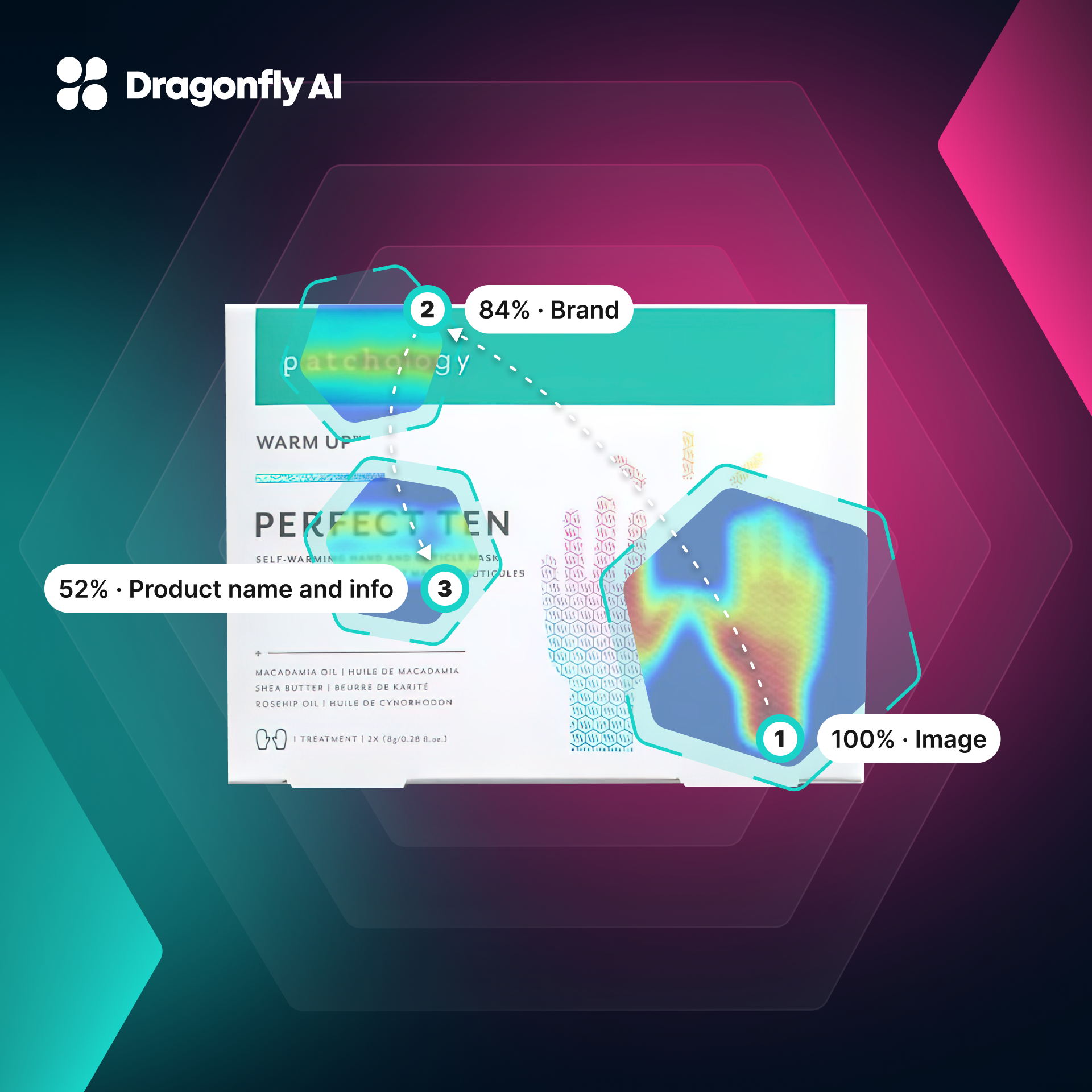Nearly 65% of a company's business comes from repeat customers. Since over half of your revenue comes from existing customers, you can only imagine the impact customer loyalty and retention have on your business.
While the actual meaning of customer loyalty and retention may differ, not having a mix of both can make or break your organization's long-term growth.
Defining Customer Loyalty
Customer loyalty measures a customer's commitment and engagement with a brand. Loyal customers prefer and continuously choose a brand regardless of the competition. They are characterized by their reluctance to switch to alternative brands and usually display heightened levels of brand advocacy.
Customers who show these fundamental characteristics are more likely to have a higher frequency of purchases, participate in loyalty programs, and actively engage with the brand through feedback and social media interactions.
These behaviors are valuable to businesses, improving the sustainability of revenue streams and helping attract new customers through reviews and recommendations.
An example of customer loyalty is customers going to Starbucks over Dunkin even if their order is cheaper or the location is more convenient. Starbucks helps improve customer loyalty by giving customers gifts and discounts without requiring them to spend money.
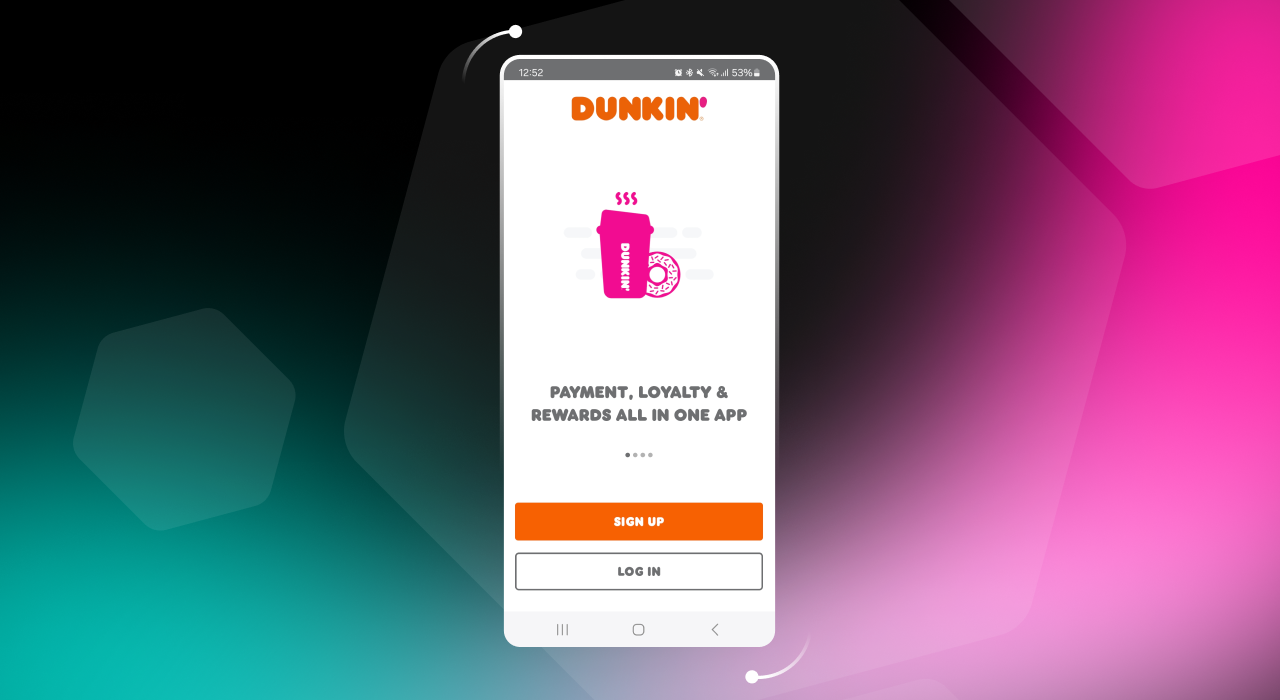
Defining Customer Retention
But what is the difference between customer loyalty and customer retention? Customer retention is a continuous process of maintaining ongoing customer relationships to encourage repeat purchases and sustained allegiance.
Retention metrics measure a company's success in keeping its customers over time and reflect the effectiveness of customer relationship strategies. Retained customers typically exhibit high satisfaction with the company's products or services, a strong sense of brand loyalty, and a lower propensity to switch to competitors.
Brands may incentivize consumers to enhance their customer retention rate. A great example is the subscription purchase option on Amazon, where brands can offer discounts for customers who opt in for a recurring monthly order.
Comparing Customer Loyalty and Customer Retention
Both customer retention and loyalty are foundational for a business's growth, yet they serve distinct purposes and have different implications. Retention focuses on minimizing customer loss and safeguarding revenue streams.
On the other hand, loyalty is forging deep and enduring bonds with customers, elevating the quality of a company's services and products.
Customer loyalty and retention share several commonalities, such as:
- Feedback: Both rely on customer feedback to refine products, services, and overall customer satisfaction.
- Cost Efficiency: Both strategies contribute to lowering marketing and customer acquisition costs.
- Net Promoter Score (NPS): NPS is a valuable indicator of customer loyalty and satisfaction. It assesses customers' likelihood of recommending the business on a scale from 0 to 10.
- Impact on Revenue: Increased sales and revenue due to high customer retention rates and acquiring new buyers from loyal customers.
- Customer Satisfaction: Happy customers lower attrition rates and the chance of customer churn.
Strategies to Improve Customer Loyalty
88% of consumers say building brand loyalty takes three or more purchases.
Here are ten actionable strategies to enhance customer loyalty:
- Personalize Your Customer Experience: Get to know your customers intimately. Learn their names, preferences, and purchasing habits. Use this information to tailor their experiences, making them feel valued and understood. Personalized communications, such as birthday messages or exclusive deals, can go a long way in building a connection.
- Establish a Customer Loyalty Program: Implement a loyalty program that rewards customers for their repeat business. Whether through points, discounts, or special access to new products, ensure the benefits are attractive enough to keep customers returning.
- Embrace Transparency: Share your business's journey with your customers, including successes and challenges. This transparency can humanize your brand and build trust.
- Encourage Customer Feedback: Actively seek and encourage customer feedback. Use this feedback to make improvements and show customers that their opinions are valued and taken seriously.
- Leverage Brand Values: Ensure your company's core values are clear and resonate with your customers. These values should guide every aspect of your business and help customers understand what you stand for.
- Create Exceptional Customer Service Experiences: Customer service should be about resolving issues, exceeding expectations, and building relationships – turning satisfied customers into loyal advocates for your brand.
- Utilize Referral Programs: Set up referral programs that incentivize customers to bring in new business. Not only will you expand your customer base, but you will also help boost the loyalty of existing customers.
- Play to Your Strengths: Identify what makes your brand unique and ensure that these strengths are evident in every customer interaction to create a distinctive brand experience that makes customers want to return.
- Engage Customers on Social Media: Use social media platforms to engage with customers more personally and help build a community around your brand.
- Store and Utilize Customer Data Responsibly: Collect and store customer data responsibly. Use this data to improve the customer experience without compromising their privacy.
Strategies to Improve Customer Retention
82% of companies agree that retention is cheaper than acquisition, so maximize the efforts from your marketing efforts by retaining your customers with these actionable strategies:
Understand Your Customer Retention Rate: Knowing your Customer Retention Rate (CRR) is crucial. It's the percentage of customers you keep relative to the number you had at the start of the period, not counting new customers acquired. This metric helps strategize for better retention.
Calculating Customer Retention Rate (CRR) The formula for calculating CRR is: CRR=(Customers at the start of the period number of customers at the end of the period−New customers acquired during the period )×100
Create a Strong Onboarding Experience: A memorable first impression can significantly impact customer retention. Ensure your onboarding process is smooth with well-timed email triggers and access to a knowledge base.
Provide Personalized Experiences: Tailor experiences to individual customer needs. Personalization can build trust and loyalty, encouraging customers to continue their relationship with your brand.
Build Trust with Transparency: Be open about your business practices and share your journey with customers. Transparency can foster trust, which is a foundation for retention.
Implement a Customer Feedback Loop: Seek and utilize customer feedback to improve your products and services, showing customers that their opinions are valued and considered in your business decisions
Maintain a Customer Communication Calendar: Regular customer communication keeps your brand top-of-mind. Use a calendar to schedule and manage ongoing engagement.
Start a Customer Education Program: Educate your customers about your products or services to increase their engagement and investment in your brand.
Offer Unique Services or Perks: Provide services or perks that set you apart from competitors. These rewards and incentives can be anything from a bonus perk after purchase to exclusive access to new features.
Create a Well-Structured Loyalty Program: Loyalty programs that offer value for money can be a powerful tool for retention. They give customers a reason to keep coming back.
Leverage Data for Better Service: Use customer data to understand better and serve your customers. Proper data use can transform a transactional relationship into a trust-led relationship.
Benefits of Focusing on Customer Loyalty
Concentrating on customer loyalty yields substantial benefits for brands such as:
- Increase customer lifetime value as loyal customers are more likely to make repeated purchases, which boosts long-term revenue.
- Generate positive word-of-mouth and referrals – satisfied customers naturally share their good experiences, acting as cost-effective marketers for the brand.
- Foster brand advocacy – dedicated customers often become enthusiastic ambassadors, promoting products through their networks at no extra cost to the company.
Benefits of Focusing on Customer Retention
Prioritizing customer retention is a strategic move that brings several advantages to an organization, including:
- Lower Marketing Costs: Retaining existing customers is more cost-effective than acquiring new ones, reducing the need for extensive marketing campaigns.
- A Consistent Revenue Stream: Repeat customers are likely to continue purchasing, providing a stable financial base for the company.
- Higher ROI on Marketing Efforts: Since existing customers already have a rapport with the brand, they're more receptive to upselling and cross-selling, thus increasing sales without a corresponding increase in marketing spend.
These benefits underscore the importance of customer retention as a cornerstone of a sustainable and profitable business strategy.
Balancing Customer Loyalty and Customer Retention
Customer loyalty and retention are essential for business success because they represent two fundamental aspects of a sustainable business model.
Loyalty creates an emotional bond that can turn customers into brand advocates who promote the company through word-of-mouth, enhancing the brand's reputation and reach.
Retention measures a company's ability to retain customers over time, which is critical for steady revenue and forecasting profitability. Loyalty and retention create a virtuous cycle supporting business growth, stability, and long-term success.
You can create a customer rewards program to improve customer loyalty and retention.
Here are a few examples of successful rewards programs that keep customers engaged and coming back:
Sephora
.png?width=1280&height=700&name=Sephora%20(2).png)
Sephora's Beauty Insider program rewards customers with points for each purchase, which they can exchange for preferred rewards, typically samples or special items.
Members can select their rewards and gain entry to the Beauty Insider Community. This platform is a hub for beauty enthusiasts to exchange recommendations, guidance, and favorite new products.
The program's tiered system means the more customers shop, the greater rewards they earn. For top-tier members, this culminates in invitations to exclusive events. Additionally, those at higher tiers enjoy more substantial discounts during promotional sales.
The emotional connection fostered by Sephora's online beauty community deepens the bond between customers and the brand, enhancing the overall value of the experience and contributing to its success.
Expedia
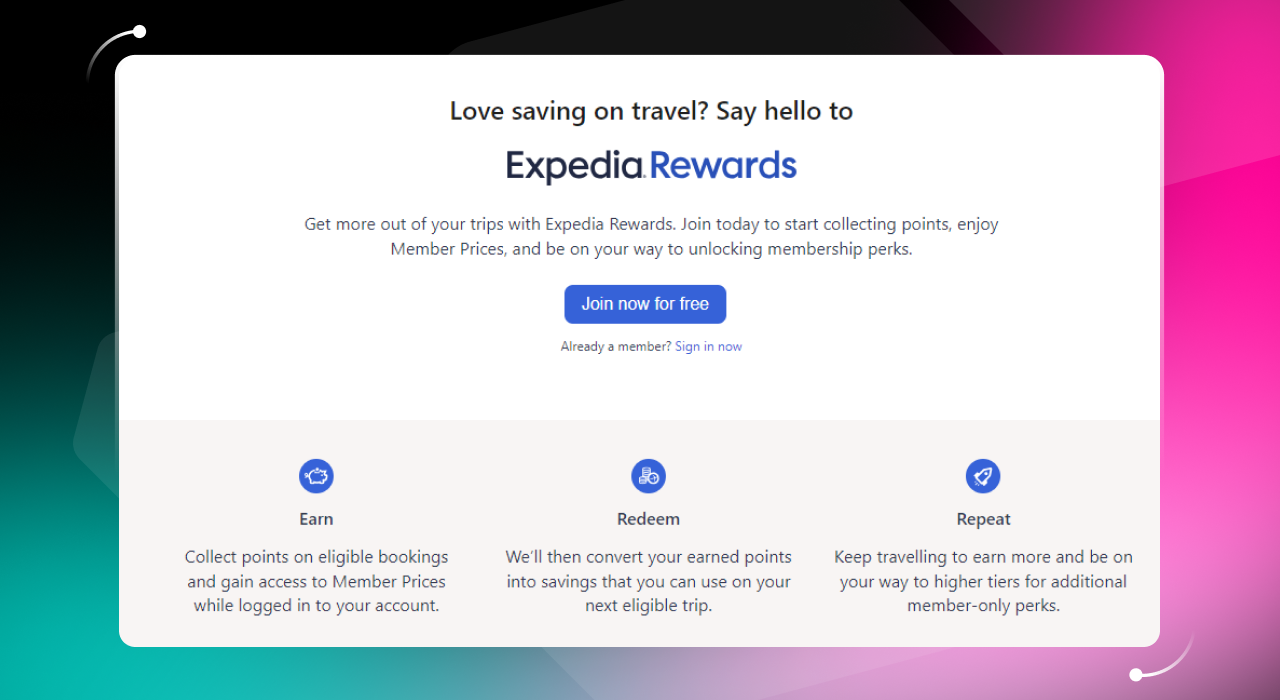
From flights to hotel rooms, Expedia offers a way to save money while traveling. With their rewards program, Expedia Rewards, members save an average of $35 per booking with the points they earn.
With their three-tier program, the more you travel, the more points and rewards you get. From 10% savings with Blue member status to free upgrades and spa credits with Gold status, customers can achieve luxurious travel perks at an affordable price.
Since customers can earn points any time they book a service, it's easy to rack them up and reap the benefits, incentivizing them to stay loyal and book with Expedia for all their travel needs.
Chick-fil-A
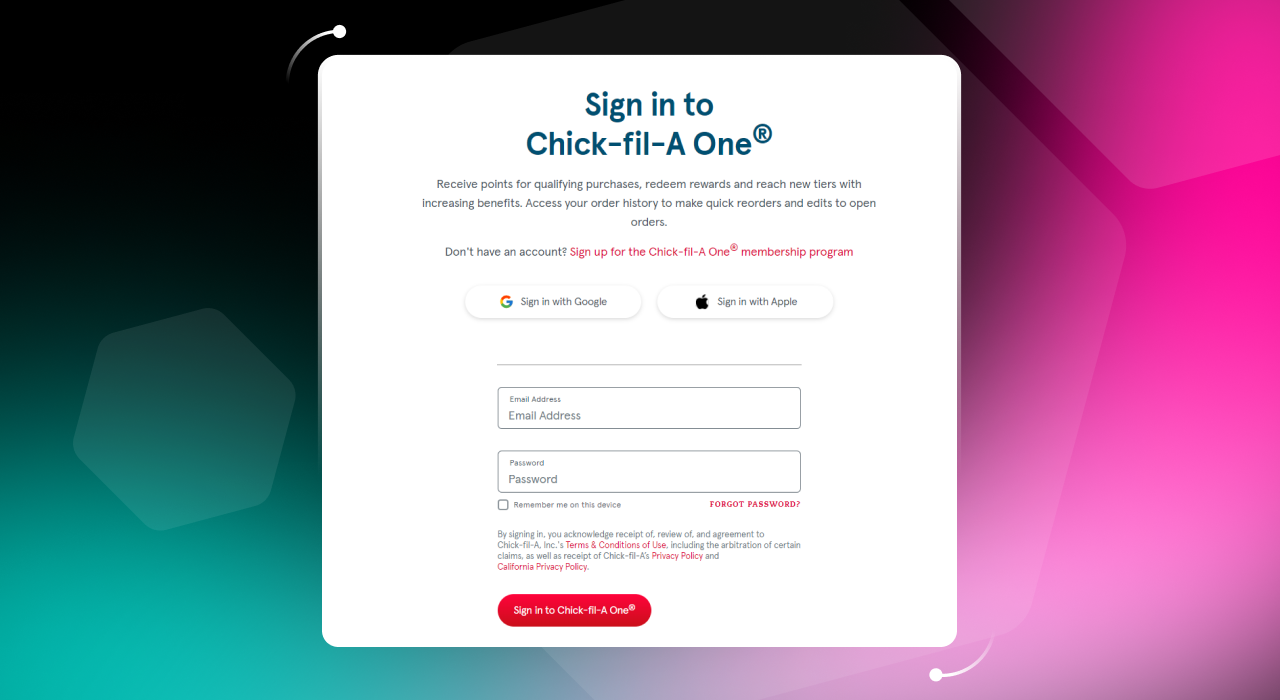
Last year, Chick-fil-A's sales were over $21.5 billion. The cornerstone of Chick-fil-A's triumph is its loyalty program, Chick-fil-A One, which has over 50 million members.
This program offers a range of attractive perks, including complimentary treats, expedited drive-thru service, and the chance to earn unique rewards, all of which ensure a steady stream of repeat customers.
Chick-fil-A strives to provide its customers with the best service, products, and experience. It leverages its app to collect valuable customer data and feedback and make improvements.
Summary & Key Takeaways
Statistics on repeat customers indicate that loyal returning customers typically spend an average of 33% more than new customers. Heighten your customer satisfaction and propel your business's profitability to the next level.
Here are the key takeaways you need to remember for customer loyalty retention:
- You can save money and sell more by retaining customers rather than attracting new ones.
- Customer loyalty and retention strategies are essential for long-term, sustainable growth.
- Continuously analyze customer insights and feedback to adapt your strategy and keep customers engaged, satisfied, and returning.
Learn more about enhancing brand loyalty with AI-powered customer retention strategies.
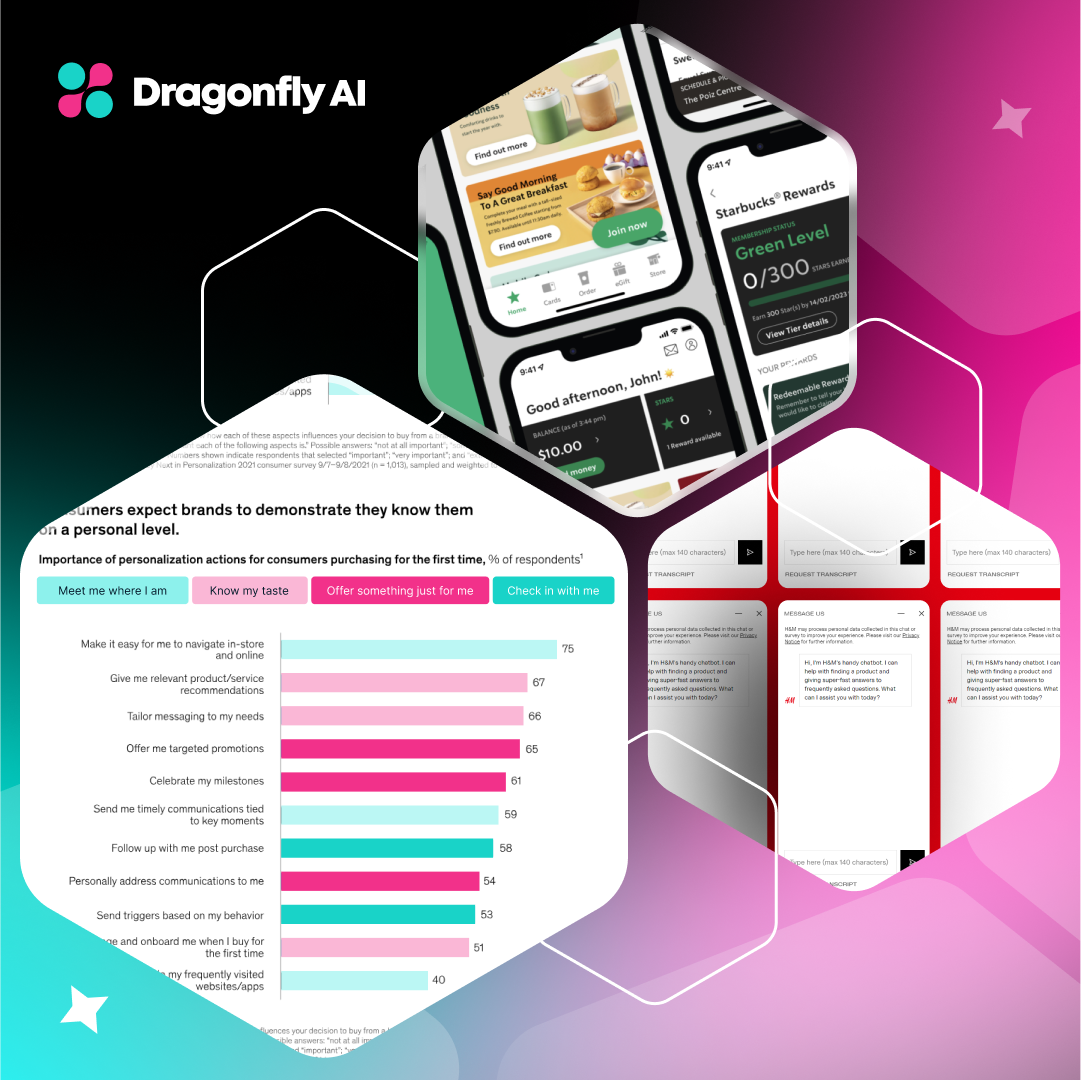


.png?width=1280&height=700&name=Sephora%20(2).png)


